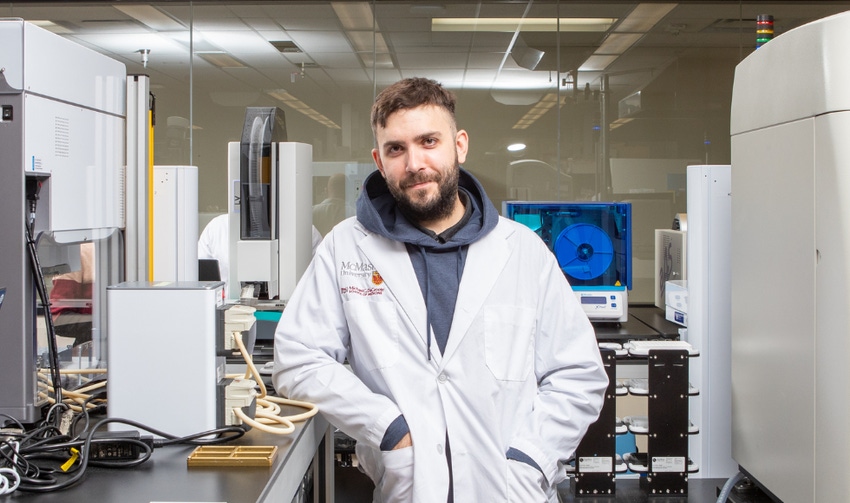Researchers Use Generative AI to Design Antibodies
The AI-enabled model sifts through millions of molecular combinations to generate life-saving antibodies

Researchers from Stanford University and McMaster University have created a new generative AI model that designs antibodies.
The model, SyntheMol, can design “billions” of antibiotic molecules easily and inexpensively to target the spread of drug-resistant bacteria.
SyntheMol was specifically designed to create antibodies to fight Acinetobacter baumannii (A. baumannii), identified by the World Health Organization as one of the world's most dangerous antibiotic-resistant bacteria.
If left untreated, it can lead to pneumonia and meningitis and can infect wounds.
"Antibiotics are a unique medicine,” said Jonathan Stokes, lead author of the team’s study. “As soon as we begin to employ them in the clinic, we're starting a timer before the drugs become ineffective because bacteria evolve quickly to resist them,
"We need a robust pipeline of antibiotics and we need to discover them quickly and inexpensively. That's where artificial intelligence plays a crucial role."
The team’s AI model was trained on a database of 132,000 molecular fragments, which the team said fit together “like Lego pieces” to create millions of potential combinations.
The researchers then fed these combinations through another AI model that predicts toxicity. They said that the platform has so far identified six molecules with “potent” antibacterial activity against A. baumannii.
"Synthemol not only designs novel molecules that are promising drug candidates, but it also generates the recipe for how to make each new molecule,” said James Zou, study co-author. “Generating such recipes is a new approach and a game changer because chemists do not know how to make AI-designed molecules.”
This article first appeared in IoT World Today's sister site, AI Business.
About the Author(s)
You May Also Like



.png?width=700&auto=webp&quality=80&disable=upscale)
.png?width=700&auto=webp&quality=80&disable=upscale)
.png?width=300&auto=webp&quality=80&disable=upscale)
.png?width=300&auto=webp&quality=80&disable=upscale)
.png?width=300&auto=webp&quality=80&disable=upscale)
